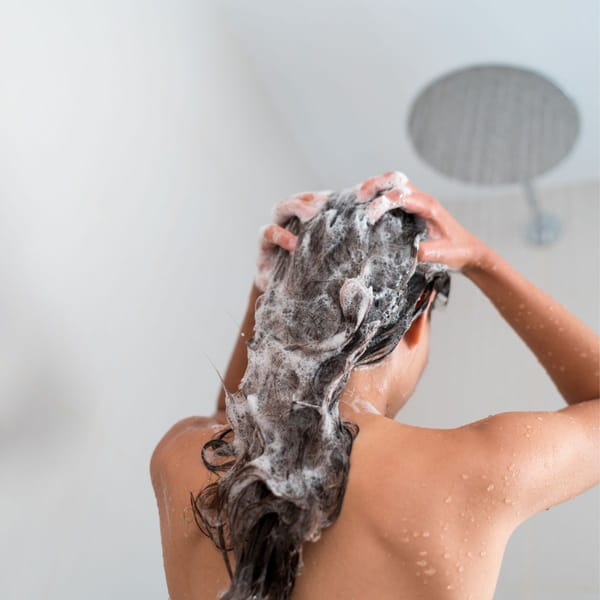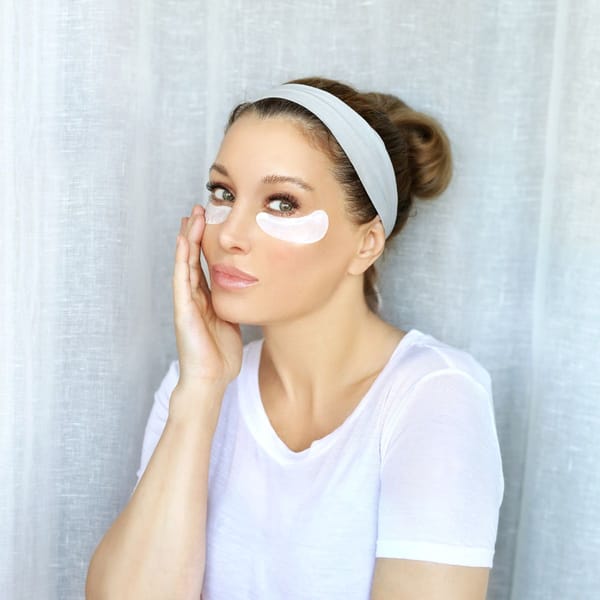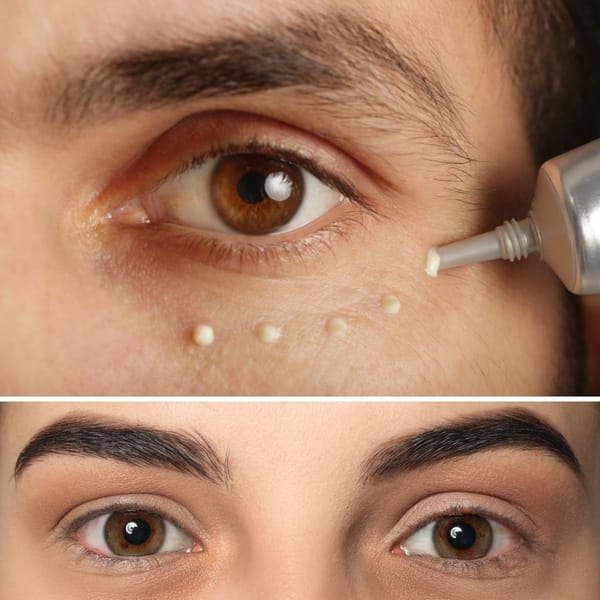Key Takeaways:
- Tinted sunscreens may not suit all skin tones, potentially leading to mismatched or uneven coverage.
- They can contain ingredients that irritate sensitive skin or exacerbate acne.
- The need for frequent reapplication can be inconvenient and costly over time.
Tinted sunscreens have gained popularity as a hybrid product offering both sun protection and cosmetic benefits. However, despite their advantages, there are several drawbacks that users should consider before incorporating them into their skincare routine.
Limited Shade Ranges for Different Skin Tones
Finding the perfect match with tinted sunscreens can be like finding a needle in a haystack. Many brands offer a limited range of shades, which can make it difficult for individuals with unique skin tones to find a suitable match. This can result in an uneven skin tone or a visible line of demarcation on the skin's surface. Moreover, those with very fair or deep skin tones might find themselves entirely excluded from the available options.
Potential Skin Irritation
Tinted sunscreens often contain added pigments and mineral particles like iron oxides, zinc oxide, and titanium dioxide to provide color and sun protection. Unlike tinted sunscreens, which contain mineral particles like zinc oxide and titanium dioxide, chemical sunscreens can contain ingredients that are more likely to irritate sensitive skin. While these ingredients are generally safe, they can irritate sensitive skin or trigger allergic reactions in some individuals. Additionally, the heavier formulation of tinted sunscreens compared to untinted versions might clog pores, particularly troubling for those with oily or acne-prone skin.
Inadequate UV Protection in Tinted Sunscreen
While tinted sunscreens offer protection against UV rays, they also aim to shield the skin from blue light and blue light emitted from electronic devices, achieving adequate protection depends heavily on applying enough product. Many users apply tinted sunscreen sparingly due to its pigmentation, which can lead to insufficient coverage against harmful UV rays, blue light, and premature skin aging. It’s crucial to apply the same amount of tinted sunscreen as one would with a regular sunscreen to ensure effective sun protection, not only from UV light but also from visible light, including protection against UVB rays.
Difficulty in Achieving Adequate Protection
When discussing the disadvantages of tinted sunscreen, one significant concern is the challenge in achieving adequate protection against UV rays. Tinted sunscreens often contain zinc oxide and titanium dioxide, which are physical blockers of UV light. However, the tint meant to match skin tones can dilute the concentration of these mineral particles, potentially reducing their effectiveness. This means that while they may improve aesthetic appeal by blending seamlessly with the skin, they might not offer the same level of UV protection as untinted versions, which could lead to premature skin aging and increased risk of skin cancer.
Moreover, the effectiveness of tinted sunscreen can vary greatly depending on how it's applied. To truly protect the skin, a generous and even layer needs to be applied. However, because tinted sunscreens double as cosmetic products, users might apply them more sparingly, as they would with a light foundation. This thinner application can result in inadequate coverage, leaving the skin vulnerable to harmful UV rays and visible light, which are known contributors to premature aging and other skin damage.
Compatibility with Various Skin Types
Tinted sunscreens, while versatile, may not be suitable for all skin types, which poses another disadvantage. Individuals with oily or acne-prone skin might find that the added pigments and moisturizing ingredients in tinted sunscreens can lead to a greasier feel and look, exacerbating skin issues like acne. The formulation, designed to provide both sun protection and aesthetic enhancement, can sometimes compromise on non-comedogenic properties, making it less ideal for those with sensitive skin prone to breakouts.
Additionally, those with very fair or very dark skin tones might struggle to find a shade that matches their skin without leaving a white cast or altering their natural skin tone noticeably. The limited shade ranges available in tinted sunscreens mean that achieving a natural, seamless blend can be challenging, detracting from the overall appeal of the product. This limitation can discourage consistent use, which is crucial for effective sun protection as part of a comprehensive morning skincare routine.
Difficulty in Reapplication
Reapplying sunscreen is vital for continued protection, especially after sweating, swimming, or towel drying. However, reapplying tinted sunscreen can be messy and can disturb makeup, making it less convenient than reapplying a clear sunscreen. This inconvenience might deter users from reapplying as often as needed, reducing the effectiveness of sun protection throughout the day.
Cost Considerations
Tinted sunscreens often come with a higher price tag compared to their untinted counterparts. The added benefit of pigmentation and the inclusion of skincare ingredients like hyaluronic acid or antioxidants can make these products more expensive. For individuals who use sunscreen generously and frequently, the cost can add up significantly over time, making tinted sunscreens a less economical choice.
Impact on the Environment
The environmental impact of tinted sunscreens is another consideration. The inclusion of non-biodegradable mineral particles and chemical filters can contribute to environmental degradation. These components can accumulate in water bodies, potentially harming aquatic life. Consumers increasingly aware of their environmental footprint might find this aspect of tinted sunscreens particularly concerning.
Limited Use in Comprehensive Skincare Against Harmful UV Rays
Tinted sunscreens, while offering some coverage, might not fully replace foundation or other cosmetic products for those seeking more significant skin coverage. This limitation can lead to additional product layering, which might not be ideal for maintaining a light and breathable skin surface, especially for those with sensitive or acne-prone skin. Comparing tinted or untinted sunscreen, it's evident that while tinted sunscreens may not fully replace foundation, they offer added benefits over untinted sunscreen, such as a skin-like tint and protection against blue light, making them a superior choice for daily sun protection and minimal product layering.
Summary
Tinted sunscreens, despite their dual benefits of sun protection and skin-tone evening, come with several disadvantages. These include potential mismatch with skin tones, possible skin irritation, challenges in achieving adequate UV protection, inconvenience in reapplication, higher costs, environmental concerns, and limitations in cosmetic flexibility. Users should weigh these factors carefully against their personal needs and preferences in their morning skincare routine.
FAQ
Q: Can tinted sunscreen replace my foundation? A: Tinted sunscreen not only provides light coverage similar to a light foundation or tinted moisturizer but also offers comprehensive protection against UV and visible light, including blue light. This makes it a versatile choice for daily wear. It contains iron oxides, zinc oxide, and titanium dioxide to protect the skin from ultraviolet rays and blue light, as well as to combat the white cast effect commonly seen with regular sunscreens. However, it might not be sufficient for those who prefer medium to full coverage.
Q: How often should I reapply tinted sunscreen? A: It’s recommended to reapply sunscreen every two hours, or more frequently after sweating, swimming, or towel drying, to maintain effective sun protection.
Q: Are there tinted sunscreens suitable for all skin types? A: While there are formulations designed for various skin types, individuals with very sensitive or acne-prone skin should carefully review the ingredients to avoid potential irritants.







